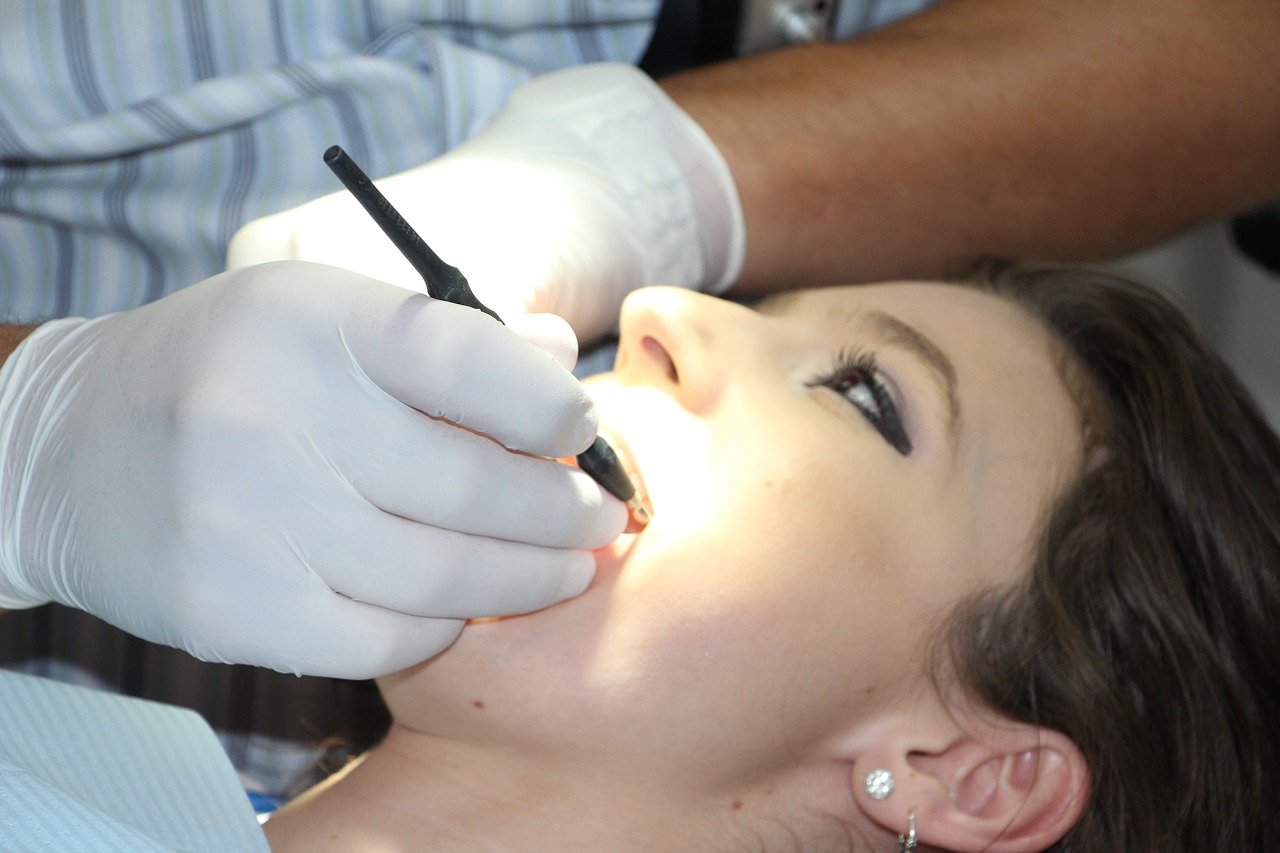Dentist Information

If you have ever wondered about what an orthodontist does, this article will provide you with some information that will help you understand. Orthodontics is a specialized field of dentistry that deals with the correction, prevention, and treatment of malformations jaws and teeth, as well as misaligned bite patterns in children. It may also specialize in modifying adult facial growth, called dentofacial orthodontics. This article will give you an overview of what an orthodontist does, how they do it, and the latest technology being used to enhance the results.
An orthodontist, also sometimes referred to as a dental specialist or an orthodontist, is a doctor who has specialized training and education in the field of orthodontics. An orthodontist specializes in the field of dentistry, but also provides therapeutic services, usually for children and adults. Orthodontists can be found in most communities today because dentists are required to complete a minimum amount of training in order to practice. Some orthodontists will even offer additional cosmetic dental care treatments in addition to normal dentistry procedures.
The job of an orthodontist is much like that of a general dentist. They conduct examinations, evaluate the current situation of your teeth, perform treatments, prescribe solutions, perform x-rays, cure tooth decay, extract teeth, replace teeth, rebuild chewing apparatus, and perform other similar services. Unlike a general dentist, however, an orthodontist does not only diagnose and treat dental problems. To function effectively, an orthodontist must also be highly skilled in the field of aesthetics. Orthodontists use a variety of aesthetic techniques, such as braces, laminates, appliances, crowns, and veneers, in order to correct the problems of the teeth.
Before you decide if you want to pursue orthodontic treatment at an educational level, it's important to ensure that you meet the requirements of your state. Requirements vary significantly among states, so it's best to contact your local Board of Dental Examiners (BDP) or your state's Department of Health to identify what requirements you need to meet. In most states, an individual who completes a four-year degree from an accredited dental school is required to pass a licensing examination in order to become an orthodontist. This exam is administered by the National Board of Examiners (NBEE), which is responsible for making sure that licensed dentists meet a minimum level of competence.
In addition to meeting state and federal requirements, an individual who wishes to become an orthodontist must first become a practicing dentist. Once a dentist has completed his or her residency in orthodontia, they may then apply for practice in the specialty. If you live in Ohio, for example, you will have to meet the state's board of dentists in order to apply for a license. In order to become a practicing orthodontist, a dentist must complete either a two-year undergraduate program or a four-year graduate program, in order to be eligible for the licensing examination with the NBEE. The invisalign las vegas dentists are licensed and are able to practice independently.
In order to diagnose conditions in your mouth that need correction, a vegas orthodontist uses various diagnostic tools, including x-rays and CT scans. X-rays play an important role in diagnosing many conditions that can affect the alignment of the teeth and bite. An x-ray of your mouth will show any signs of misalignment, such as misshapen teeth, crooked jaws, oversized tongue, gum receding from the cheek, or crooked mandible. A CT scan will reveal any abnormalities in the structure of your jaws, such as a droopy upper jaw, an overbite, an overlong mandible, or an underbite.
